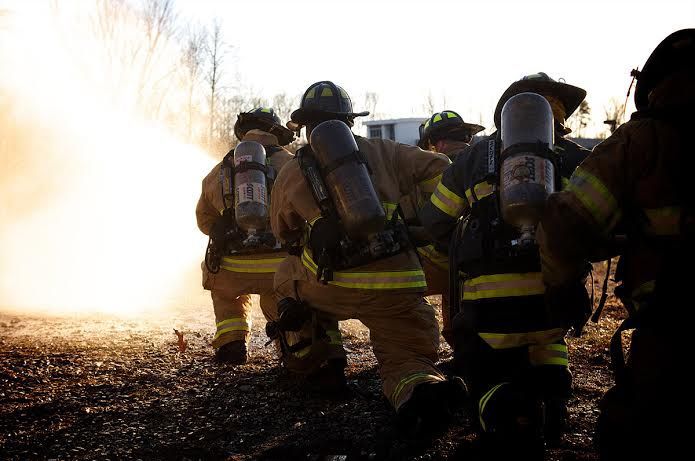RCCC begins using new emergency training facility
Published 12:00 am Thursday, September 4, 2014
Fires are burning at Rowan-Cabarrus Community College — but it’s nothing to worry about, it’s just the college’s new Fire and Emergency Training Facility in action.
Earlier this summer, the facility held its first training with approximately 60 firefighters from multiple fire departments in Rowan and Cabarrus counties.
The firefighters used the college’s new burn building to take part in rescue training. While the first training didn’t include actual fire, it did involve the use of artificial smoke to simulate a fire.
“We are so excited that we’re finally getting started. The Fire and Emergency Training Facility has been a long-time coming,” said Roger McDaniel, director of emergency services for Rowan-Cabarrus. “Firefighters have been asking me, ‘When can we get out there? When can we start the training?’ I’m so grateful the time has come.”
Live burns can begin in the burn building this fall after the building is done tempering and curing.
But that’s not stopping firefighters from making good use of the facility.
“We are able to do other training in the meantime,” said McDaniel. “The building was made to do more than just live burn simulations. We are using it for rescue attack scenarios.”
For instance, the firefighters can use the building to simulate an individual trapped inside a burning building.
“We can go in through the artificial smoke and rescue the individual,” said McDaniel.
The college is planning a community celebration at the Fire and Emergency Training Facility on Oct. 7.
“We want to show the community the amazing things that our firefighters, law enforcement and emergency personnel do for our community. And we want them to see the fantastic new place that they will receive training,” said Dr. Carol S. Spalding, president of Rowan-Cabarrus.
The Fire and Emergency Services Training Facility was the first project to be completed in a series of Rowan County bond-funded construction projects that will take place over the next few years.
The facility will serve an important role in training local public safety providers who protect citizens every day. The facility includes a 3,500-square-foot burn building and training pads for various props. A driving course for fire and emergency vehicles will eventually be included in the project.
In addition to the Fire and Emergency Services Training Facility, the college’s planned renovation and construction projects include a 30,000-square-foot addition with 18 new classrooms to the existing allied health building.
“We are being very purposeful and diligent with the $12 million provided in the 2010 Rowan County bond referendum,” Spalding said. “We will gain critical space for instruction and the expansion of new health programs.”
The college is also transforming a former administrative building into instructional use, as well as increasing the accessibility of North Campus to meet Americans with Disabilities Act requirements.
“Our students were very passionate about this $12 million bond, and took it upon themselves to advocate on behalf of the college to their families, friends and neighbors,” said Carl M. Short, chairman of the Rowan-Cabarrus board of trustees. “Their efforts were so impressive that the North Carolina Community College System awarded them the Top ‘C’ award for excellent student leadership and involvement.”
The college has a bond referendum on the ballot in Cabarrus County in the Nov. 4 election. The $9 million bond would fund part of a new Advanced Technology Center in Cabarrus County. The county has promised an additional $2 million toward the effort if the bond passes.
“This $11 million investment provides most, but not all, of the $12.3 million that we need to complete this project,” said Spalding. “The college is already working to secure additional funding to fill the $1.3 million gap.”
“All of our training programs are designed with a great deal of input from local business and industry to ensure that we are developing graduates that will be well-prepared for the workplace,” said Townley. “We meet regularly with industry representatives to be sure that we understand their specific workforce needs, and will be able to produce graduates that will be 100 percent work-ready. Our intention is to serve the community in the most important way that we can, and that is to prepare the citizens of this county for stable, high-wage jobs of the future.”



